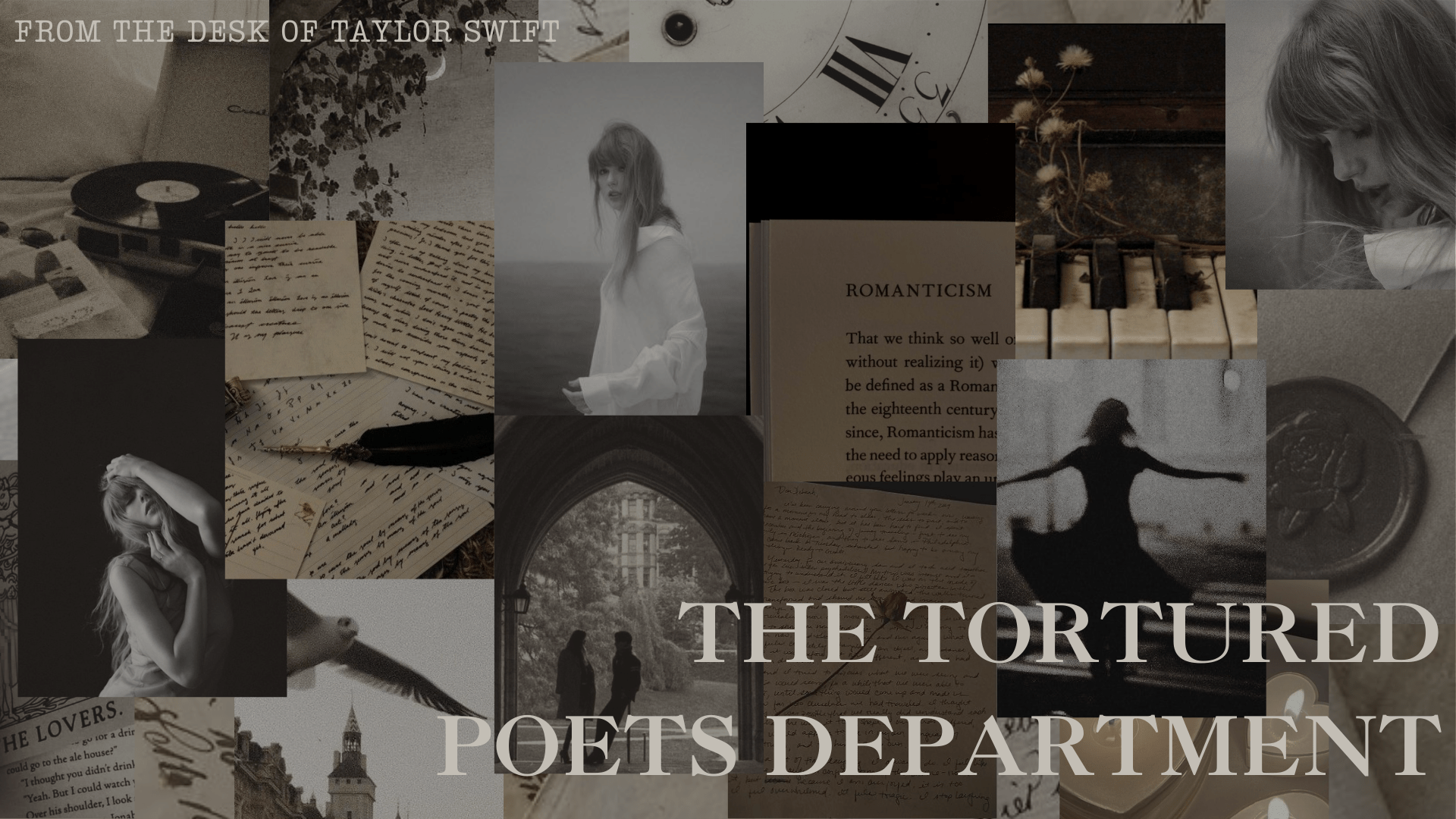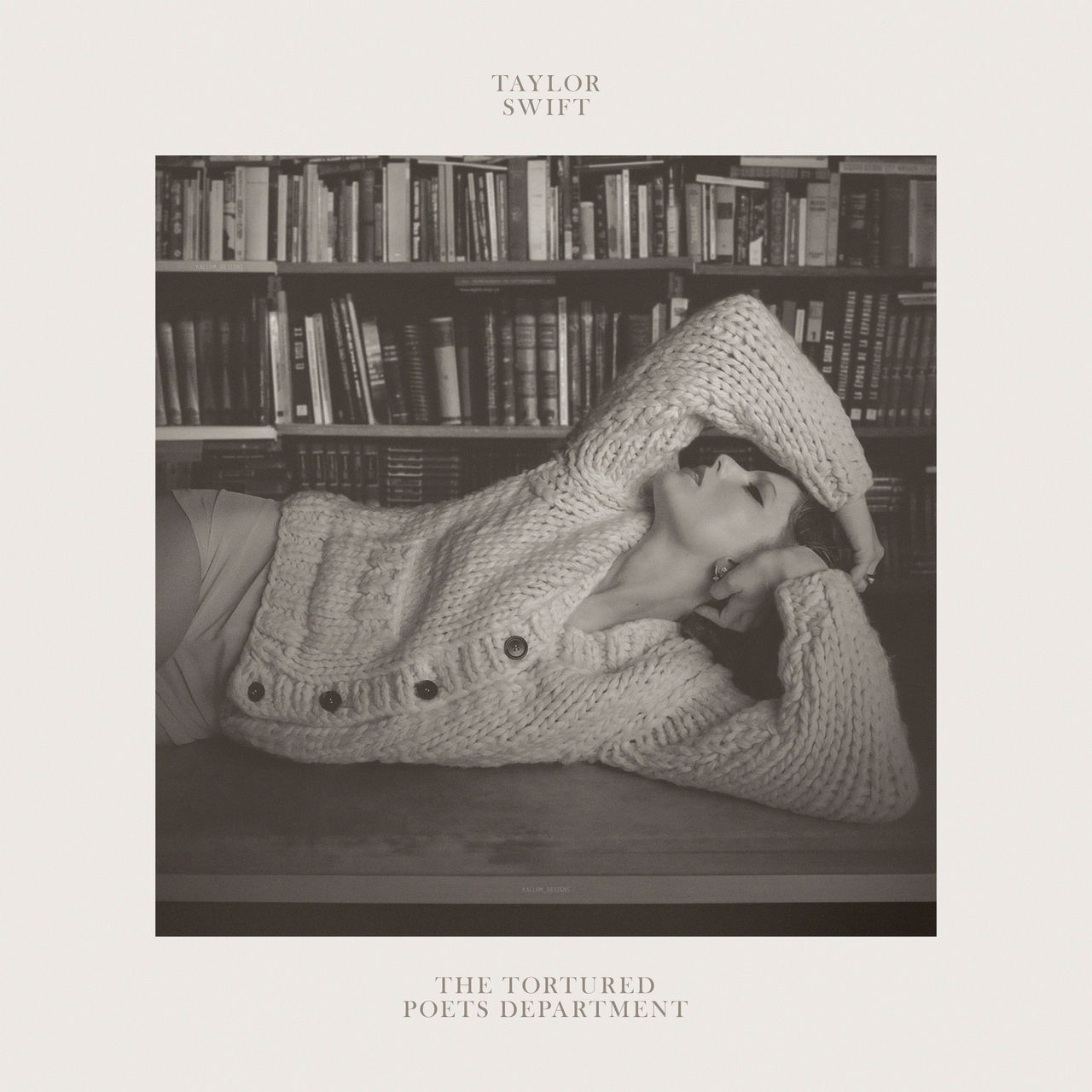Tortured Poets Department: Where Creativity Meets Pain
Ever wondered why some of the world’s greatest poets seem to have a knack for turning their pain into poetry? Welcome to the Tortured Poets Department, where the heartbreaks, struggles, and raw emotions fuel the creation of timeless masterpieces. This is not just a department; it’s a state of mind, a place where every word drips with authenticity and every line resonates with human experience. If you’ve ever felt the weight of life’s challenges and found solace in the written word, you’re already a member of this club.
In this article, we’ll dive deep into the world of tortured poets, exploring their stories, their struggles, and the incredible works they’ve left behind. We’ll uncover why pain often fuels creativity and how the Tortured Poets Department has shaped literature as we know it. So grab your favorite drink, settle in, and let’s explore the fascinating intersection of pain and poetry.
Whether you’re a fan of classic poets like Sylvia Plath or modern-day wordsmiths who channel their inner turmoil into verse, this article is for you. We’ll break down the why, the how, and the what of the tortured poet phenomenon, all while keeping it real and relatable. Let’s get started!
- Paul Mccartney Young A Journey Through The Early Life And Career Of A Legend
- Days Of Our Lives Spoilers Whats Coming Next For Your Favorite Characters
What is the Tortured Poets Department?
Think of the Tortured Poets Department as an exclusive club where poets gather to transform their deepest sorrows into art. It’s a place where vulnerability meets creativity, and where the most haunting experiences become the most beautiful lines. The department isn’t a physical space but rather a metaphorical realm where poets find their voices through their pain.
The concept of the Tortured Poets Department isn’t new. Throughout history, poets have used their struggles as fuel for their work. From the Romantic era to the Beat Generation, poets have consistently shown that pain is a powerful muse. But why does this happen? Why do poets seem to thrive in the face of adversity? Let’s explore.
Why Pain Fuels Creativity
Pain, in all its forms, has a way of sharpening our senses. When we’re hurting, we become more attuned to the world around us, and this heightened awareness often translates into powerful art. Poets in the Tortured Poets Department know this all too well. They’ve learned that their struggles, no matter how difficult, can be turned into something beautiful.
- Megan Doll The Ultimate Guide To The Worlds Most Beloved Toy Sensation
- Amy And Tammy The Duo Thatrsquos Taking The Spotlight
Research shows that emotional pain can lead to increased creativity. A study published in the *Journal of Creative Behavior* found that individuals who experience emotional turmoil tend to produce more creative work. This isn’t just a coincidence; it’s a testament to the power of pain as a catalyst for artistic expression.
Historical Figures in the Tortured Poets Department
Let’s take a trip back in time and meet some of the most famous members of the Tortured Poets Department. From the Romantics to the Modernists, these poets have left an indelible mark on literature. Their works continue to inspire and move readers across the globe.
Sylvia Plath: The Queen of the Tortured Poets
No discussion of the Tortured Poets Department would be complete without mentioning Sylvia Plath. Her poetry is a masterclass in turning personal pain into universal truth. Plath’s works, such as *Ariel* and *The Bell Jar*, are testaments to her struggles with mental health and her ultimate triumph over despair.
Here’s a quick look at Sylvia Plath’s life:
| Full Name | Sylvia Plath |
|---|---|
| Birth Date | October 27, 1932 |
| Death Date | February 11, 1963 |
| Notable Works | Ariel, The Bell Jar |
Charles Bukowski: The King of Chaos
Another iconic member of the Tortured Poets Department is Charles Bukowski. Known for his raw, unfiltered style, Bukowski’s poetry often delves into the darker corners of life. His works, such as *Ham on Rye* and *Post Office*, are filled with grit and authenticity, making him a favorite among readers who appreciate honesty in literature.
Modern-Day Members of the Tortured Poets Department
The Tortured Poets Department isn’t just a thing of the past. Today’s poets continue to channel their pain into powerful works that resonate with readers worldwide. Let’s meet some of the modern-day members of this exclusive club.
Rupi Kaur: The Voice of a Generation
Rupi Kaur has become a household name in the poetry world, and for good reason. Her collections, *Milk and Honey* and *The Sun and Her Flowers*, tackle themes of love, loss, and healing. Kaur’s ability to connect with her audience on a deeply personal level has made her one of the most popular poets of our time.
Ocean Vuong: The Storyteller of Pain
Ocean Vuong’s debut collection, *Night Sky with Exit Wounds*, is a stunning example of how pain can lead to incredible art. Vuong’s poetry explores themes of identity, trauma, and resilience, offering readers a glimpse into the complexities of the human experience.
How to Join the Tortured Poets Department
Think you might belong in the Tortured Poets Department? You’re not alone. Many poets find themselves drawn to this exclusive club, often without even realizing it. Here are a few tips for joining the department and making the most of your poetic journey:
- Embrace Your Pain: Don’t shy away from the difficult emotions. Instead, let them guide your writing. Your pain is your muse, and it has the power to create something truly extraordinary.
- Write Honestly: Authenticity is key. Write from the heart and don’t be afraid to share your vulnerabilities. The more honest you are, the more your readers will connect with your work.
- Find Your Voice: Every poet has a unique voice. Experiment with different styles and forms until you find the one that feels right for you.
The Psychology Behind the Tortured Poets Department
Why do so many poets find themselves in the Tortured Poets Department? The answer lies in the psychology of creativity. When we’re in pain, our brains work differently. We become more introspective, more observant, and more in tune with our emotions. This heightened state of awareness often leads to increased creativity.
According to Dr. Kay Redfield Jamison, a leading expert on the link between mental illness and creativity, poets are more likely to experience mood disorders than the general population. However, these same disorders can also fuel their creativity, allowing them to produce works of immense beauty and depth.
The Role of Mental Health
Mental health plays a significant role in the Tortured Poets Department. Many poets struggle with depression, anxiety, and other mood disorders, and these conditions often influence their work. While it’s important to acknowledge the challenges these poets face, it’s equally important to celebrate the incredible art they create despite—or perhaps because of—these struggles.
Benefits of Being in the Tortured Poets Department
While being a member of the Tortured Poets Department isn’t always easy, there are definite benefits to this unique way of life. For one, poets in the department often have a deeper understanding of the human experience. They’re able to connect with their readers on a profound level, offering comfort and solace through their words.
Additionally, being in the Tortured Poets Department can lead to personal growth and healing. Many poets find that writing about their pain helps them process their emotions and move forward. It’s a form of therapy that benefits both the poet and their audience.
Healing Through Poetry
Poetry has long been used as a tool for healing. Studies have shown that expressive writing can reduce symptoms of depression and anxiety, improve immune function, and enhance overall well-being. For poets in the Tortured Poets Department, writing isn’t just a hobby—it’s a lifeline.
Challenges Faced by Tortured Poets
Of course, being a member of the Tortured Poets Department isn’t without its challenges. Poets often struggle with self-doubt, mental health issues, and the pressure to constantly produce new work. It’s important for poets to find healthy ways to cope with these challenges and to seek support when needed.
One of the biggest challenges faced by tortured poets is the stigma surrounding mental health. Many poets feel ashamed of their struggles and are hesitant to seek help. This is why it’s crucial for the poetry community to foster an environment of openness and acceptance, where poets feel safe sharing their experiences.
Breaking the Stigma
Breaking the stigma surrounding mental health is essential for the well-being of tortured poets. By creating a supportive community and encouraging open discussions about mental health, we can help poets thrive both creatively and personally. It’s time to normalize the struggles faced by poets and to celebrate their resilience in the face of adversity.
Conclusion: The Power of the Tortured Poets Department
In conclusion, the Tortured Poets Department is a testament to the power of pain to fuel creativity. From Sylvia Plath to Rupi Kaur, poets in this exclusive club have shown us that even the darkest experiences can lead to the most beautiful art. By embracing their pain and writing honestly, these poets have created works that continue to inspire and move readers across the globe.
So, if you’re a poet who’s ever felt like your struggles are too much to bear, remember this: you’re not alone. The Tortured Poets Department is here to remind you that your pain has purpose, and your voice matters. Keep writing, keep creating, and most importantly, keep being you.
We’d love to hear your thoughts on the Tortured Poets Department. Do you have a favorite poet whose work resonates with you? Leave a comment below and let’s keep the conversation going. And don’t forget to share this article with your fellow poetry lovers!
Table of Contents
- What is the Tortured Poets Department?
- Why Pain Fuels Creativity
- Historical Figures in the Tortured Poets Department
- Modern-Day Members of the Tortured Poets Department
- How to Join the Tortured Poets Department
- The Psychology Behind the Tortured Poets Department
- Benefits of Being in the Tortured Poets Department
- Challenges Faced by Tortured Poets
- Conclusion: The Power of the Tortured Poets Department



Detail Author:
- Name : Claudia Pagac
- Username : mcdermott.roxanne
- Email : nankunding@gutmann.com
- Birthdate : 1970-06-01
- Address : 436 Bettye Glen East Sylvesterside, CO 84298-0836
- Phone : 1-283-698-7367
- Company : O'Hara, Tromp and Turner
- Job : Teller
- Bio : Pariatur et totam labore quas velit. Culpa et sint commodi excepturi nobis earum necessitatibus nemo. Aut magnam iure eaque. Inventore rerum architecto tempore voluptate est rerum.
Socials
twitter:
- url : https://twitter.com/frank.schmeler
- username : frank.schmeler
- bio : Sequi fuga voluptates voluptatem quia nulla. Vero numquam velit voluptatem consequuntur.
- followers : 6124
- following : 1797
facebook:
- url : https://facebook.com/frankschmeler
- username : frankschmeler
- bio : Esse et rerum tenetur animi dolor.
- followers : 6964
- following : 2856
tiktok:
- url : https://tiktok.com/@frank_schmeler
- username : frank_schmeler
- bio : Et eos nisi voluptatem ut voluptas et.
- followers : 3401
- following : 1773